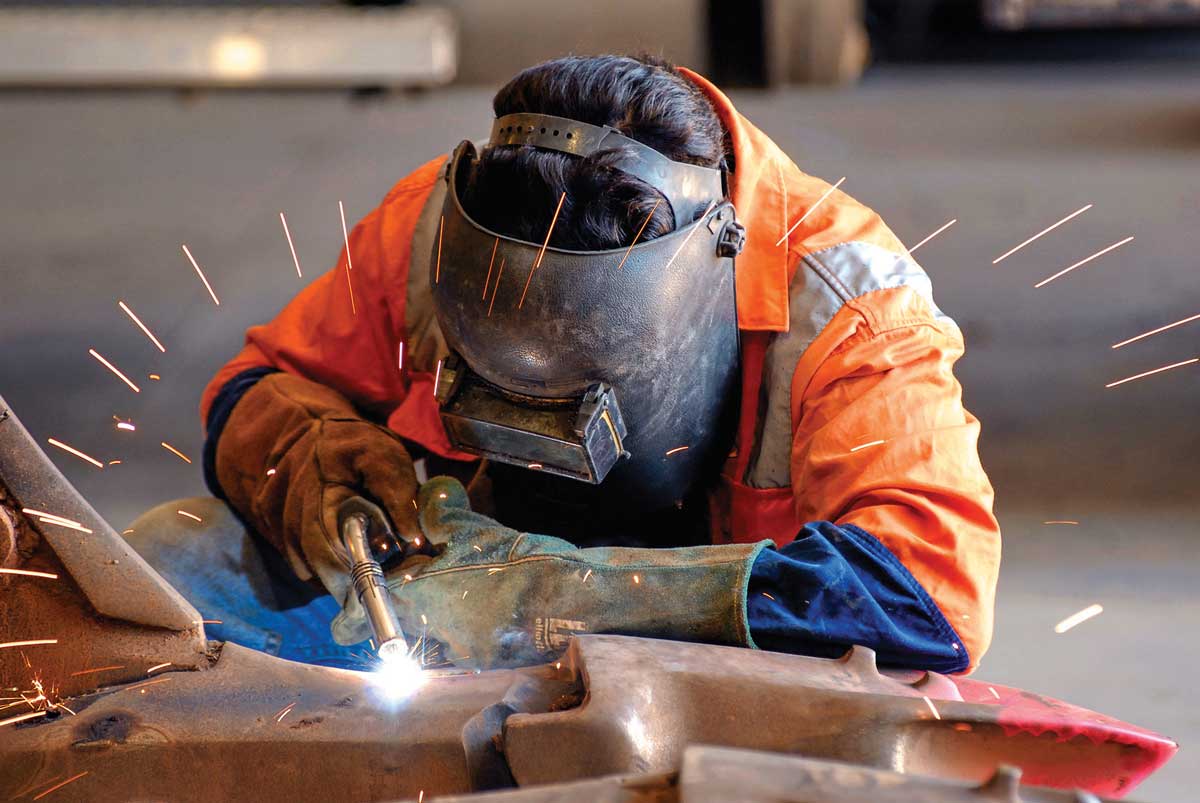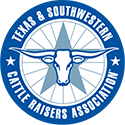Welding Safety

By Kristin Lewis Hawkins
The ability to weld is a helpful skill to have around the ranch for projects large and small. Fences, corrals, trailers and other ranch equipment are frequently in need of fabrication and repair, so having the proper knowledge and equipment on-hand can often save time and money.
However, there are some safety rules to keep in mind when welding, especially on projects that are outside or in enclosed or elevated spaces. It is easy to let your guard down, especially for a small, quick or easy project, but these are often the situations that prove the most dangerous. Due to the extreme temperatures, bright arcs, flying spatter and dangerous gases, all welding projects are hazardous. Skipping or ignoring the proper safety protocols can result in serious injury, fire, explosions, and more.
Maintaining a consistent safety focus on you, your equipment and your environment can help your operation keep welding a safe and reliable ranch tool.
You
Some of the most common welding injuries are burns from flying sparks, slag or exposure to ultraviolet and infrared rays. It is crucial to always wear the proper personal protection equipment (PPE) to avoid welding injuries, including long pants and sleeves, gloves and the right welding helmet lens darkness for your process. Not every lens shade — even with auto-darkening lenses — is appropriate for every process, but well-made quality lenses will protect your eyes from all harmful IR and UV light. Check the shade rating of your helmet for more information.
Make sure pants and long sleeves have no cuffs, folds, pockets or openings that could catch hot sparks or splatter. A leather-welding apron and gloves are best for avoiding accidental burns but it’s easy to forego them when they get hot or uncomfortable, or you’re just performing a tack weld. However, a consistent practice of donning the proper PPE is your best defense against accidental injury.
Your equipment
Double check your power supplies and equipment to make sure you’re always properly grounded.
Ensure you aren’t inviting a trip hazard with hoses, wires or other clutter underfoot.
Maintain proper ventilation if your project is in an enclosed space. Overexposure to welding fumes, vapors and gases can be hazardous.
Make sure that what you’re welding isn’t flammable or combustible. This includes pipe coatings or reactive vapors of unknown metals.
Your environment
Keep in mind that spatter, sparks and molten metals can travel more than 35 feet from your work area and can fall into pipes or holes. The American Welding Society recommends recognizing this 35-foot safety perimeter around your work area to avoid accidental combustion of vegetation, dust or other flammable materials.
Have a fire extinguisher handy and know how to use it, preferably one for each person.
When welding outside, watch wind speeds and wet down nearby surfaces and vegetation, if possible.
Keep up-to-date on your county’s burn ban status. Welding, cutting or grinding outside under a burn ban may have regulations to follow, so it’s best to check with your local municipality. A current list of counties under a burn ban is always available on the Texas A&M Forest Service website at texasforestservice.tamu.edu/TexasBurnBans.
Have at least one dedicated person on fire-watch duty, and maintain this watch for at least 30 minutes after the work is done to ensure no sparks are smoldering.
If you become overheated due to PPE, fumes or a hot environment, take frequent breaks and keep hydrated.
By keeping a few of these areas of preparation and safety in mind, you can keep practicing those welds for years to come.
“Welding Safety” is excerpted from the December 2017 issue of The Cattleman magazine. Join today to start your subscription.
